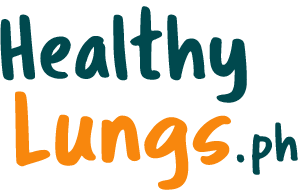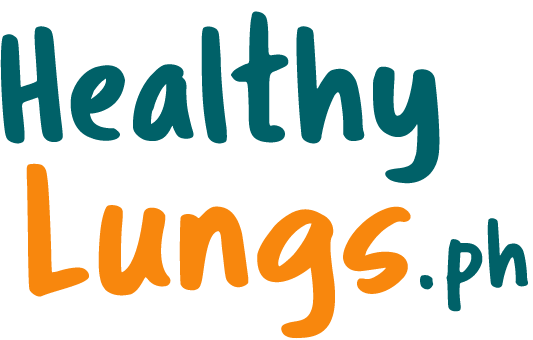As we watch how the COVID-19 pandemic has reached every corner of the Philippines, there is another pandemic that has been with us for the longest time. Tuberculosis has put the Philippines on top in the whole of Asia, with the highest incidence rate of 554 cases per 100,000 people.
TB is curable. Yet, four of five Filipinos who experience signs and symptoms of TB do not immediately go for proper check- up. They either self-medicate or simply do nothing. When asked why, they would talk about how trivial the symptoms were or how costly it was to seek care and get treatment.
TB treatment is free in public hospitals, clinics and health centers. Yet, about 60% of Filipinos with TB go to private doctors for comfort and anonymity. They spend for consultation, diagnostic tests and medicines. Experts reported that 35% of Filipinos with TB experience catastrophic costs or “out- of-pocket” expenses beyond their means.
How much does it cost for the Philippine government to find and treat one person with TB? Excluding expenses for transportation, an initial TB screening at a government health facility will cost PhP 300 for a chest X-ray and PhP 7,000 for a rapid confirmatory diagnostic test. For drug- susceptible TB (DSTB) or the type of TB that can be treated by first line drugs, treatment for an adult may cost PhP 2,300 for six months. For the more potent type called drugresistant TB (DRTB), treatment cost ranges between PhP 35,000 to 600,000, depending on the treatment regimen. The estimated costs are significantly higher if a person with TB chooses to pay for the treatment regimen from his or her own pockets.
Our goals are to reduce TB incidence rate from 554 to 448 cases per 100,000 people in 2023 and eliminate out- of-pocket expenses for TB care. To reach these, we have to find and treat as many TB cases as possible to prevent the further spread of the infection. We planned to find and treat 2.5 million Filipino with TB from 2017 to 2022. As of June 2020, we had diagnosed and started on treatment 1.2 million persons with TB. This means we still need to find and treat 1.3 million more, including 43,000 people with DRTB.
This requires us to allot at least PhP 6 billion pesos in the next three years for anti-TB drugs alone. Add to this the cost of human resources and other diagnostic commodities and logistical items to make sure that the drugs reach every hospital, clinic or health center. Based on our analysis, we require about PhP 50 billion pesos to meet our goal by the end of 2023.
In 2021, we need about PhP 15 billion to implement the National TB Program. We estimate that we could raise PhP 4.4 billion from national and local government budgets and other donor funding sources. This leaves us with a huge funding gap of about PhP 10.6 billion.
Although we allocated an estimated PhP 500 million for the national TB program for 2021, extensive efforts on the political and programmatic levels should be done, so the government can increase the National TB Program’s budget allocation to at least PhP 2 billion every year to contribute significantly in ending TB in the country. At the local levels, we ask mayors and governors to review and increase their local allocations for TB services. We enjoin the private sector and civil society groups to support the government in finding and treating more Filipinos with TB. We have all the means and the will to end the burden of TB in the Philippines. But we need to fill in the funding gap to make this happen. Our failure to address this gap will prove to be very costly to the health of all Filipinos. (-30-)
Congresswoman Angelina “Helen” D.L. Tan is a nurse, medical doctor and Representative of the 4th District of Quezon. She is a staunch advocate of public health whose most notable legislations include Republic Act 10767 or the “Comprehensive Tuberculosis Elimination Plan Act” and Republic Act 10645 or the Mandatory PhilHealth Coverage for All Senior Citizens.



